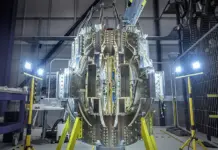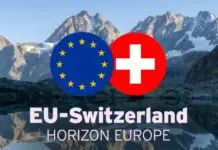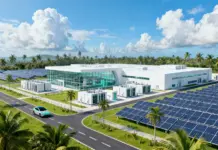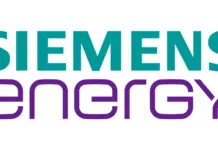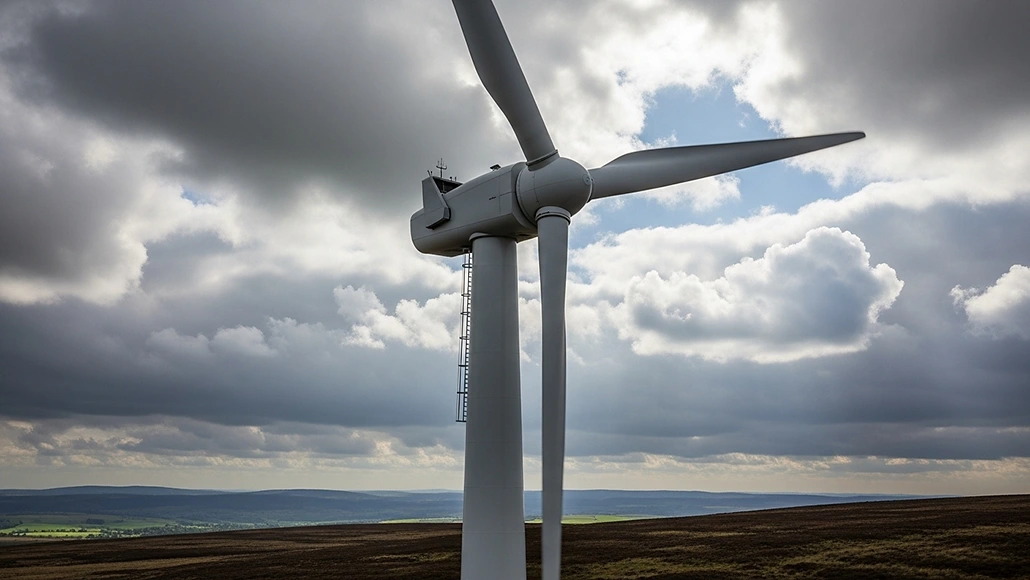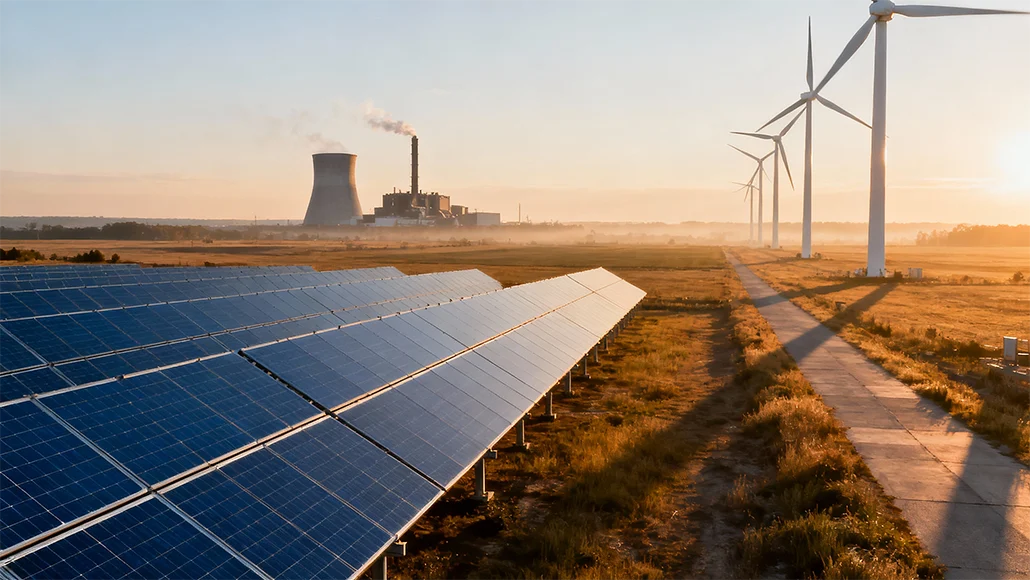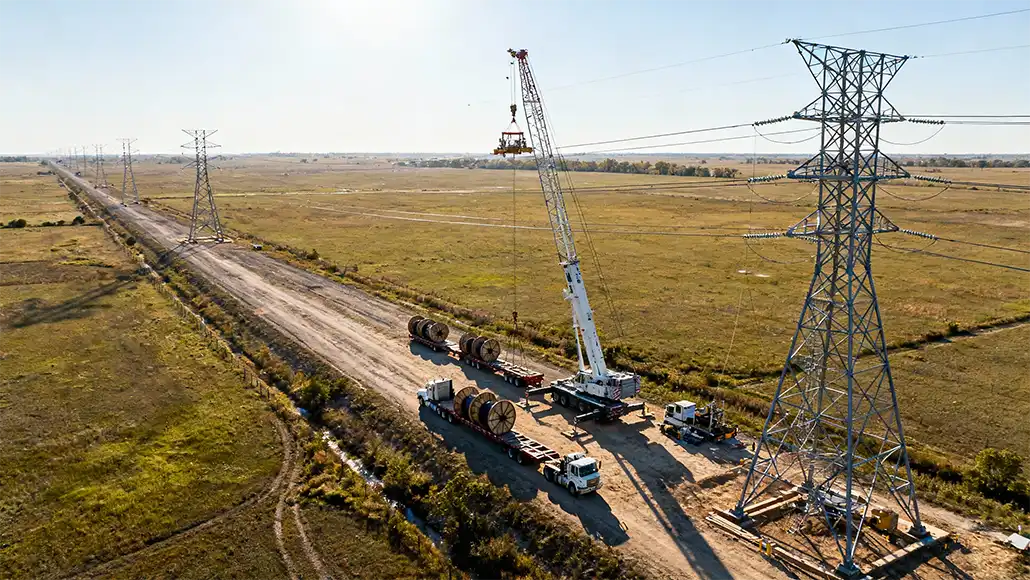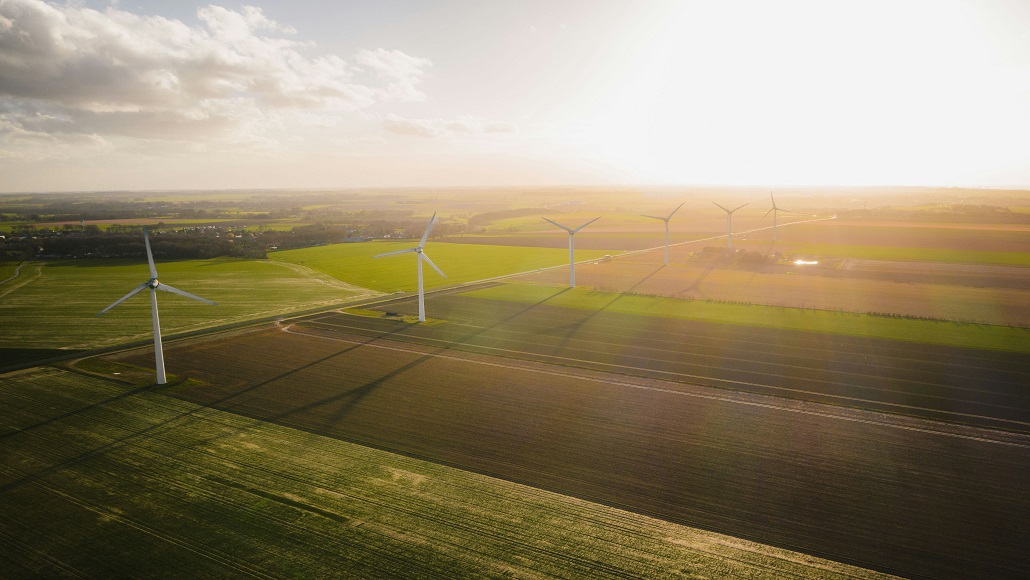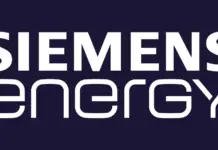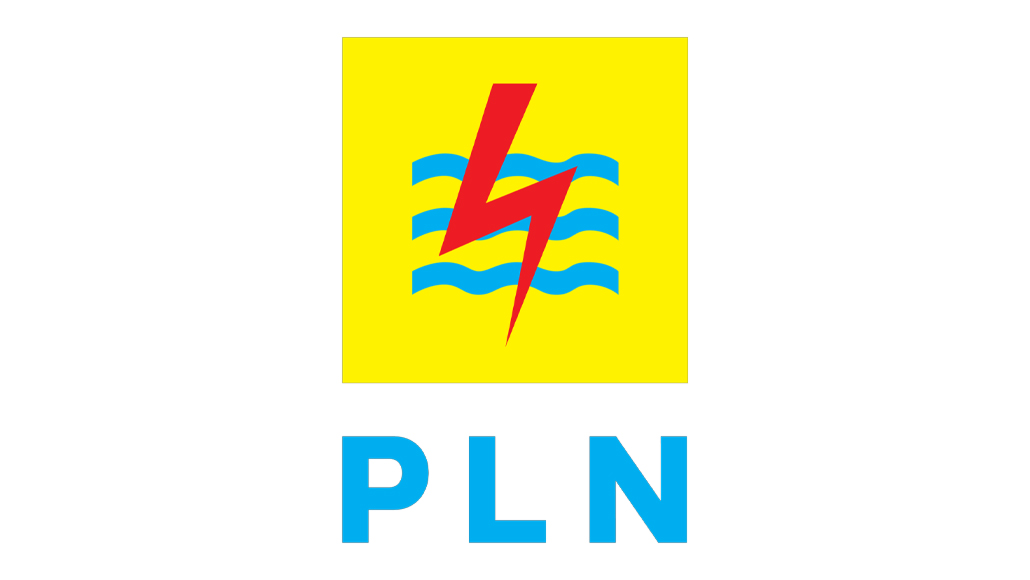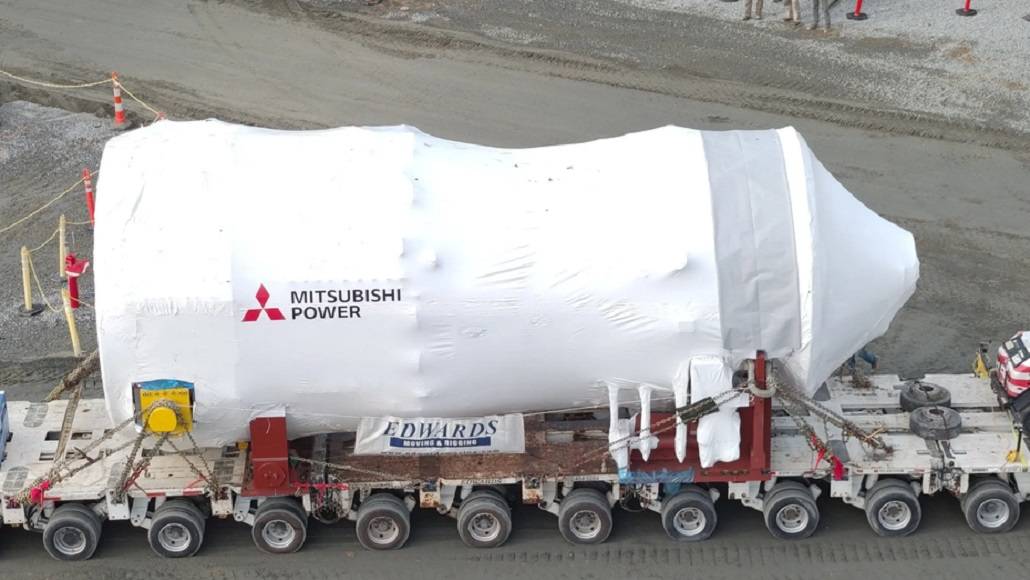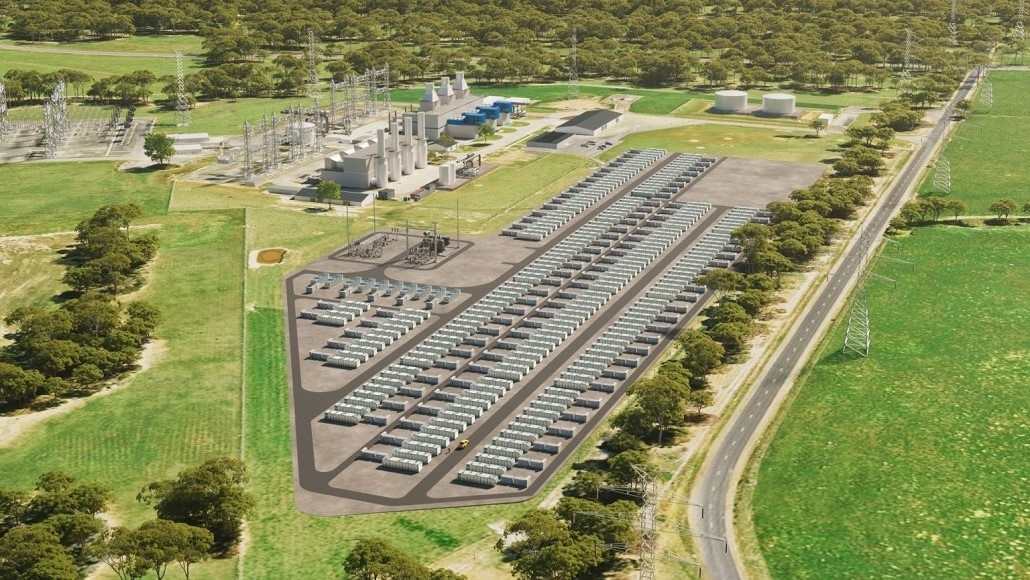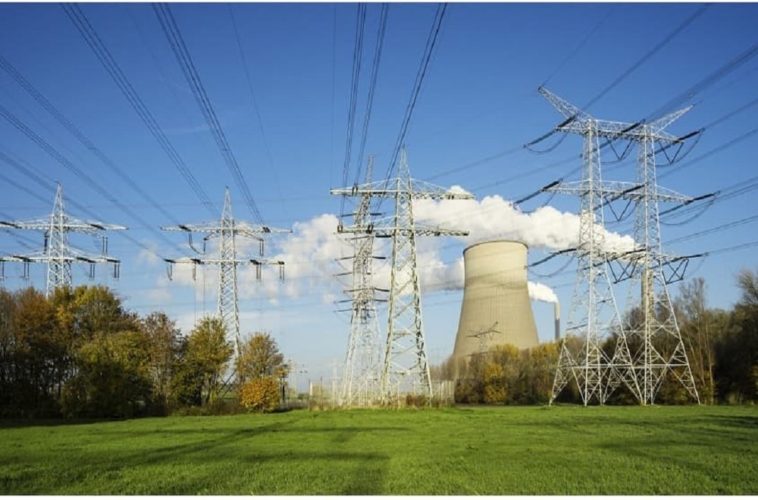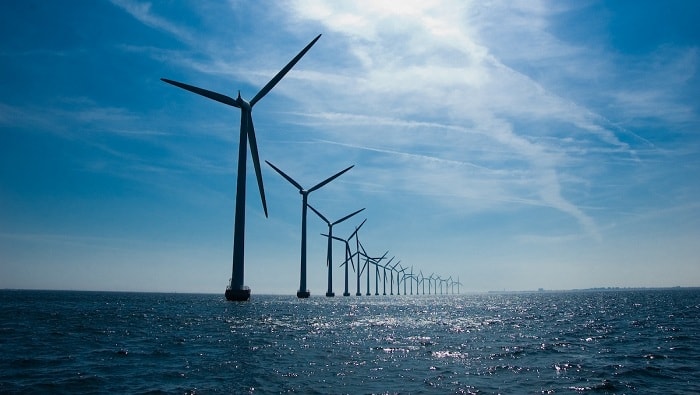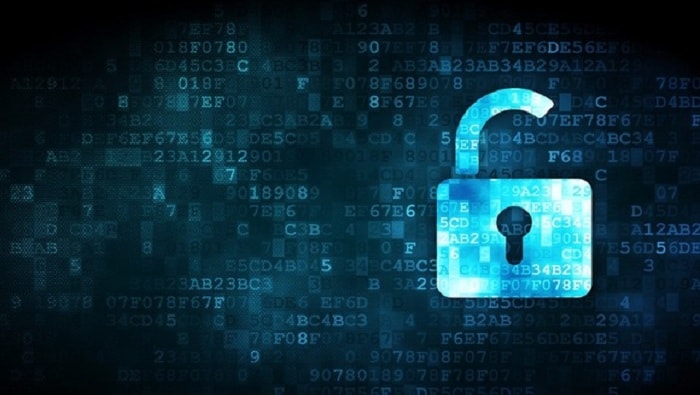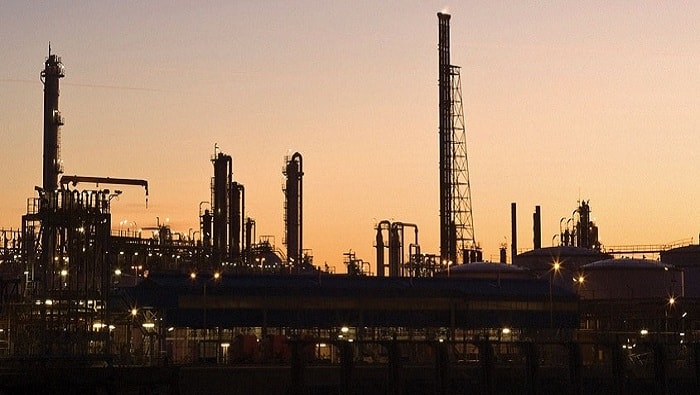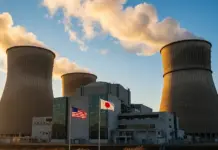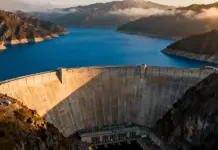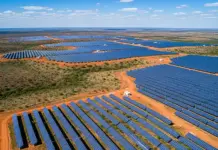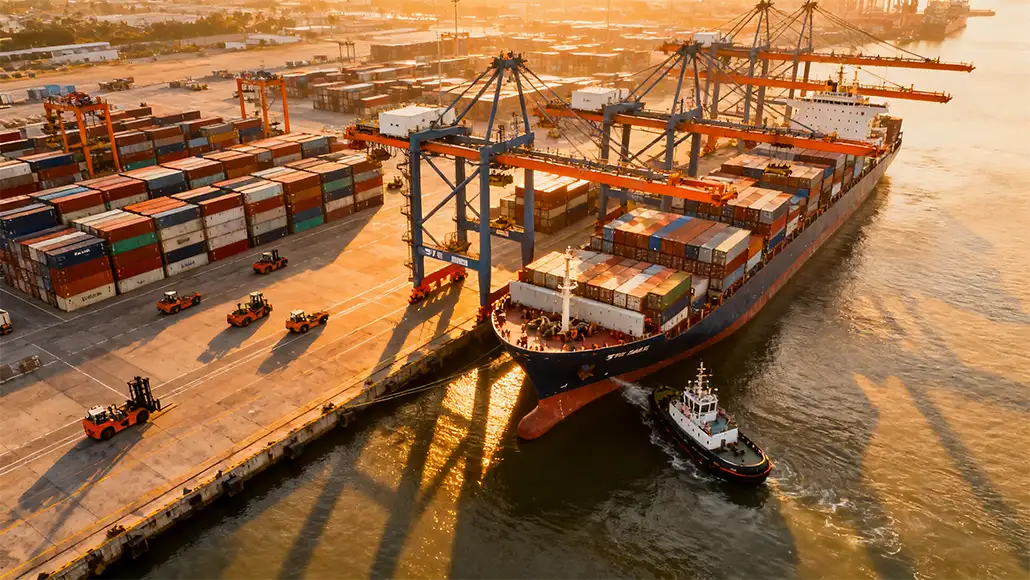The American National Standards Institute (ANSI) has gone on to approve a new American National Standard that has been developed in collaboration with the Solar Energy Industries Association (SEIA).
The standard, which is called ANSI/SEIA 101, happens to be intended to elevate the traceability of the solar supply chain and at the same time also help businesses comply with the U.S. Customs and Border Protection’s traceability needs.
The new solar supply chain standard goes on to create a rubric for manufacturers as well as importers so as to follow to trace the product origins from raw materials to the finished goods. The supply chain standard happens to apply to both companies as well as products, supporting the solar developers and also manufacturers across every facet of supply chain mapping as well as tracking.
One of the spokespersons for SEIA told PV Magazine USA that the new solar supply chain standard happened to be developed with Uyghur Forced Labor Prevention Act (UFLPA) traceability needs in mind.
Apparently, the ANSI/SEIA 101 happens to be based on the real-world examples of solar product shipments that were detained as well as released by Customs officials and happens to include the input from many stakeholders; it has in it the likes of developers, manufacturers, third-party auditors.
According to Abigail Ross Hopper, the SEIA president and CEO, the U.S. solar and storage industry happens to be pretty deeply committed to functioning with the highest ethical benchmarks. As they expand the domestic manufacturing throughout the solar and storage supply chain, this standard is going to help in making sure that every solar and storage product that is installed in America happens to reflect that commitment.
Between the import tariffs, antidumping and countervailing duty laws, the Uyghur Forced Labor Prevention Act (UFLPA), and of course other requirements, there is indeed an intricate web of U.S. trade enforcement that the importers should navigate so as to reach the U.S. market. The SEIA benchmark serves as a guide for the complex environment.
Apparently, Clean Energy Associates termed the UFLPA as one of the greatest threats that the U.S. solar and battery markets have.
It is a law that exclusively applies a legal prohibition when it comes to importing goods that are made with forced labor to products that are suspected of having inputs from Xinjiang in China.
It is well to be noted that as of April 2025, under the UFLPA, $3 billion worth of electronics have been seized since June 2022. Based upon the conversations with suppliers as well as the buyers, CEA said that it believes PV modules represent the massive majority of those detentions.
Earlier in 2025, ANSI approved three SEIA standards when it comes to consumer protection. This happens to include operations and maintenance as well as residential and small commercial installation. Apart from these four approved standards, SEIA is also developing another 7 industry-wide standards that cover a range of issues that include installation as well as decommissioning of the project.


